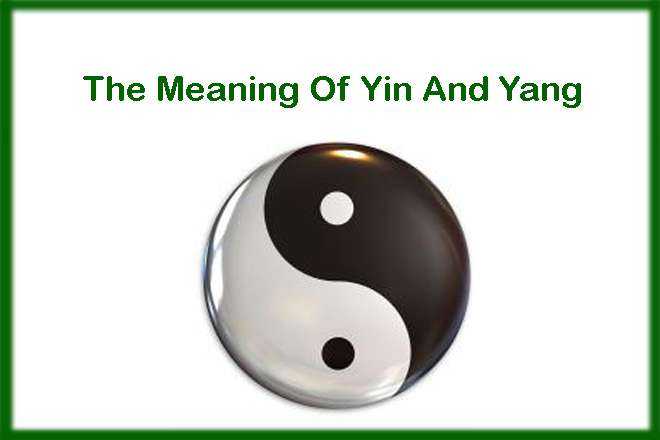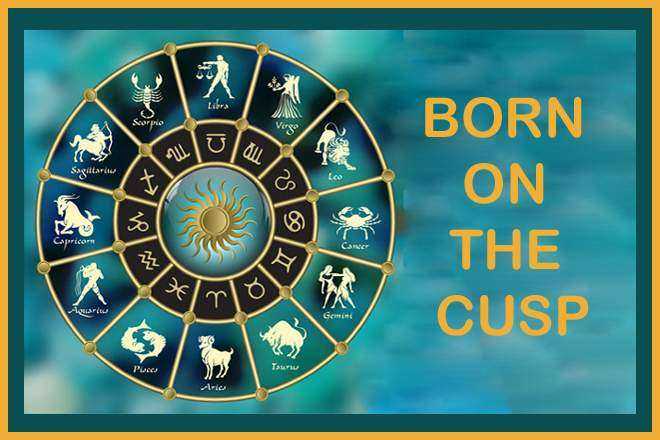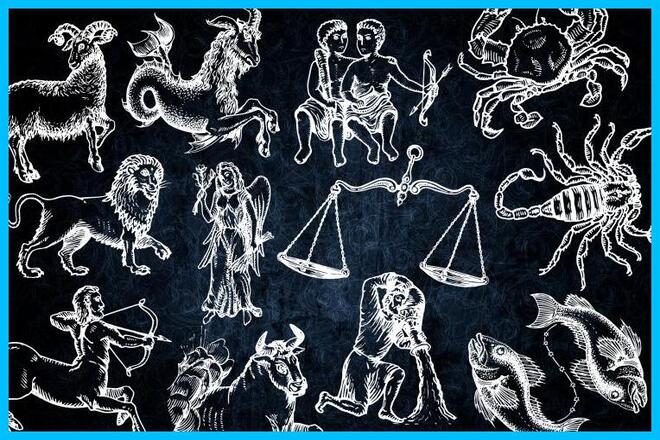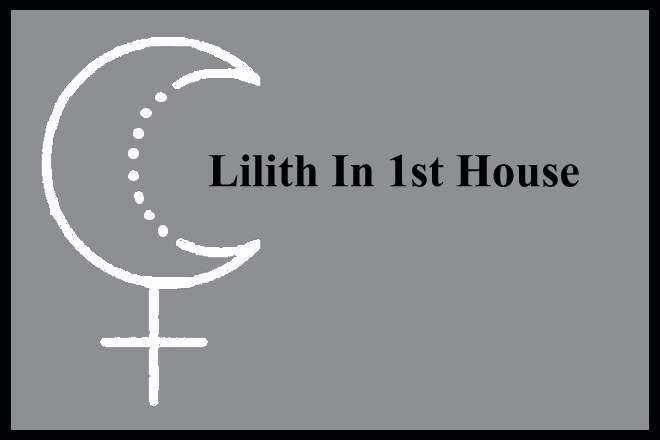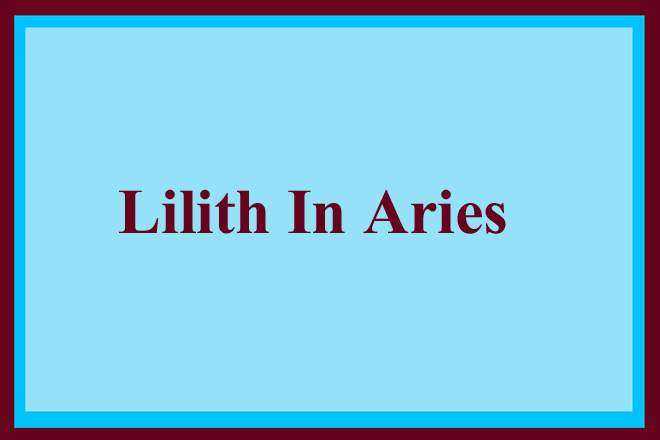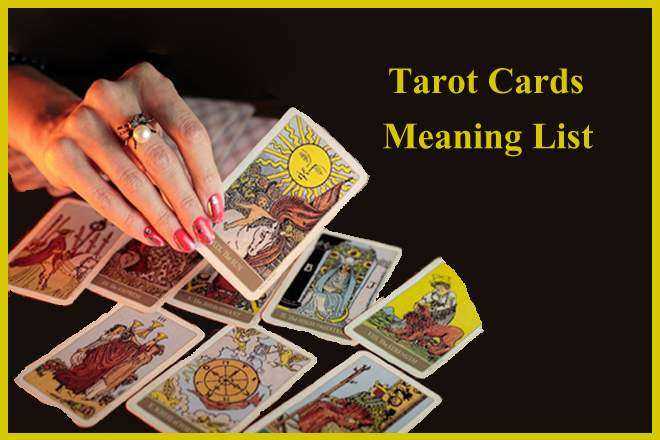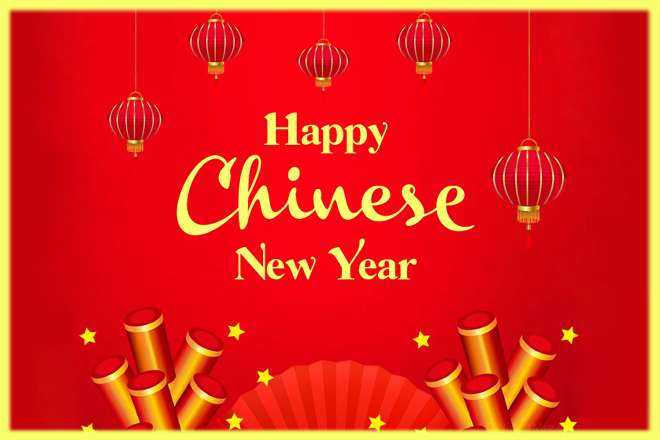Yin Yang, Symbol For Yin Yang, Yin Yang Meaning, Yin And Yang, The Meaning Of Yin And Yang, What Is The Meaning Of A Yin Yang, What Is The Story Of Yin And Yang, The Yin Yang Symbol
Yin And Yang, Yin Yang Overview
Yin And Yang
In Chinese mythology, Yin and Yang were born from chaos when the universe was first created, and they are believed to exist in harmony at the center of the Earth. During the creation, their achievement of balance in the cosmic egg allowed for the birth of Pangu (or P’an Ku), the first human.
Yin Yang Overview
Yin and yang (or yin-yang) is a complex relational concept in Chinese culture that has developed over thousands of years. Briefly put, the meaning of yin and yang is that the universe is governed by a cosmic duality, sets of two opposing and complementing principles or cosmic energies that can be observed in nature.
Yin-Yang
1- The yin-yang philosophy says that the universe comprises competing and complementary forces of dark and light, sun and moon, male and female.
2- The philosophy is at least 3,500 years old, discussed in the ninth-century BCE text known as I Ching or Book of Changes, and influences the philosophies of Taoism and Confucianism.
3- The yin-yang symbol is related to the ancient method used to track the movements of the sun, moon, and stars around the year.
4- Generally speaking, yin is characterized as inward energy that is feminine, still, dark, and negative. On the other hand, yang is characterized as outward energy, masculine, hot, bright, and positive.
A Subtle and Cosmic Duality
Yin and yang elements come in pairs—such as the moon and the sun, female and male, dark and bright, cold and hot, passive and active, and so on—but note that yin and yang are not static or mutually exclusive terms. While the world is composed of many different, sometimes opposing, forces, these can coexist and even complement each other. Sometimes, forces opposite in nature even rely on one another to exist. The nature of yin-yang lies in the interchange and interplay of the two components. The alternation of day and night is just such an example: there cannot be a shadow without light.
The balance of yin and yang is important. If yin is stronger, yang will be weaker, and vice versa. Yin and yang can interchange under certain conditions so that they are usually not yin and yang alone. In other words, yin elements can contain certain parts of yang, and yang can have some components of yin. This balance of yin and yang is perceived to exist in everything.
The Yin Yang Symbol
The yin-yang symbol (also known as the Tai Chi symbol) consists of a circle divided into two halves by a curved line. One half of the circle is black, typically representing the yin side; the other is white for the yang side. A dot of each color is situated near the center of the other’s half. The two halves are thus intertwining across a spiral-like curve that splits the whole into semicircles, and the small dots represent the idea that both sides carry the seed of the other.
The white dot in the black area and the black dot in the white area connote the coexistence and unity of opposites to form a whole. The curvy line signifies that there are no absolute separations between the two opposites. So then, the yin-yang symbol embodies both sides: duality, paradox, unity in diversity, change, and harmony.
Origin of Yin-Yang
The concept of yin-yang has a long history. Many written records about yin and yang, some dating back to the Yin dynasty (about 1400–1100 BCE) and the Western Zhou dynasty (1100–771 BCE). However, the oldest records of the yin-yang principle are found in the Zhouyi, also called the I Ching or Book of Changes, which King Wen wrote in the 9th century BCE during the Western Zhou dynasty.
The Jing portion of Zhouyi particularly talks about the flow of yin and yang in nature. The concept became increasingly popular during the Spring and Autumn Period (770–476 BCE) and the Warring States Period (475–221 BCE) in ancient Chinese history. The idea has influenced thousands of Chinese philosophers, including scholars associated with Taoism such as Lao Tzu (571–447 BCE) and Confucianism such as Confucius himself (557–479 BCE). In addition, it underlies Asian martial arts, medicine, science, literature, politics, daily behavior, beliefs, and intellectual pursuits.
Origin of the Symbol
The origin of the yin-yang symbol is found in the ancient Chinese time-keeping system of using a pole to measure the changing lengths of shadows over the solar year; it was invented in China at least as long ago as 600 BCE. In fact, some have suggested that the yin-yang symbol closely approximates a graphical representation of the daily change of a pole’s shadow length during the year.1 Yang begins at the winter solstice and indicates the beginning of the period when daylight dominates over darkness and thus is associated with the sun. The yin begins at the summer solstice and represents the dominance of darkness over daylight, and is associated with the moon.
Yin-yang also represents the observation of the shadow of the earth on the moon and the record of the position of the Big Dipper constellation through the year. These observations make up the four points of the compass: the sun rises in the east and sets in the west, the direction of the shortest shadow measured is south, and at night, the pole star points north. Thus, yin and yang are fundamentally connected with the annual cycle of the earth around the sun and the resulting four seasons.
Medical Use, Which side are the Yin and Yang?, Is Yin good or bad?, Is Yang good or bad?, Is Yin female energy?
Medical Use
The principles of yin and yang are an important part of Huangdi Neijing or Yellow Emperor’s Classic of Medicine. Written about 2,000 years ago, it is the earliest Chinese medical book. It is believed that to be healthy, one needs to balance the yin and yang forces within one’s own body. Yin and yang are still important today in traditional Chinese medicine and Feng Shui.
Which side are the Yin and Yang?
Yin is the black side, and yang is the white side. The relationship between yin and yang is often described in sunlight playing over a mountain and a valley.
Is Yin good or bad? , Is Yang good or bad? ,
The Yin, or the dark side, is associated with everything hard, negative, cold, wet, and feminine. On the other hand, the Yang, or the light side, is associated with soft, positive, warm, dry, and masculine things. But contrary to the harsh juxtaposition of their appearances, Yin and Yang are not complete opposites.
Is Yin female energy?
We call it “Greater Yin.” Yin refers to the feminine energies in life, and yang refers to the masculine energies in life. So giving is an action of our divine masculine, and receiving is an action of our divine feminine, and a balance of both energies is when we feel harmonious within.
What happens when Yin and Yang are unbalanced?
Yin and yang are in constant flux. If one becomes unbalanced in the body, illness occurs. For example, since yin is cold, an excess of yin can cause illnesses such as insomnia and dry-mouth. Conversely, a yang deficiency can cause cold limbs and a sickly complexion.
Yin Yang, Symbol For Yin Yang, Yin Yang Meaning, Yin And Yang, The Meaning Of Yin And Yang, What Is The Meaning Of A Yin Yang, What Is The Story Of Yin And Yang, The Yin Yang Symbol, USA UK Canada Australia South Africa India




